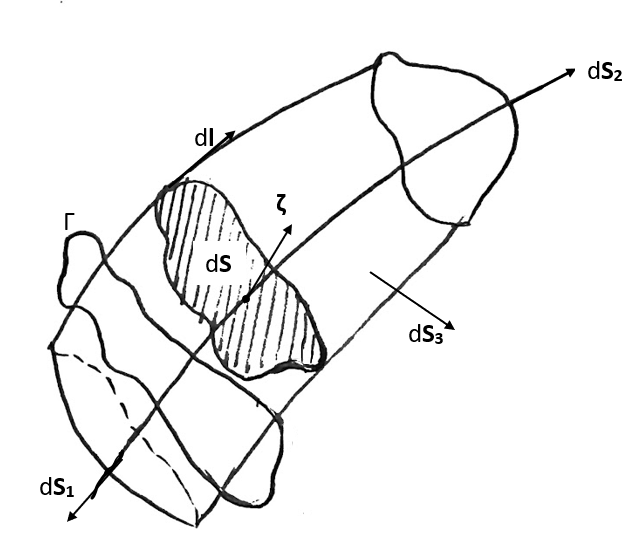Continuum Assumption
We know that matter is made up of molecules. But we also know that the number of molecules in a macroscopic body is very large. So, we can treat the body as a continuum. That is, we can assume that the body is continuous. This is the continuum assumption.
The continuum assumption is valid if the mean free path of the molecules is much smaller than the characteristic length of the body.
To make things a bit more concrete, let us define the intrinsic quantity density. Let’s take a series of increasingly smaller control volumes of gas and measure their mass. We will get a series,
\[\frac{m_1}{V_1}, \frac{m_2}{V_2}, \frac{m_3}{V_3},\ldots,\frac{\delta m_n}{\delta V_n}\]
TODO: Add the plot
When the size of the control volume is of the order of the mean free path of the molecules, the mass of the gas in the volume will be a function of time. This is because the number of molecules in the control volume will change with time.
As we increase the volume further and it is considerably larger than the mean free path, the average number of molecules will remain constant in the volume. Hence, the density will be constant.
If we increase the volume further (to the macroscopic scale), the density will be dependant on the macroscopic flow phenomena.
Hence, if we consider a volume that is not too small and not too large, a unique value of density can be assigned to it. This is the continuum assumption.
All the properties of the fluid like density, pressure, temperature, etc., are defined in this manner. In order to calculate any property of the fluid at a point, we will construct a control volume of appropriate size around that point and calculate the property for that volume.
Following points can be noted from the plot:
The range ( to ) is of the order of microns under normal conditions. But breaks-down for higher altitudes of atmosphere. Second example is of micro-channels. Dimension of the body is so small that it is of the same order as the mean inter-molecular distance.
less than ” will have dimensions close to the mean free path of the molecules. So \(m\) will be a function of time depending on the number of molecules in the volume.
In the range (” to ’) the density is more or less constant. This we define as the density of a point.
This scale is too large. The \(\frac{m}{V}\) ratio will depend on the distribution of mass in the domain.
A more detailed treatment of the continuum assumption can be found in Shapiro (1953).
